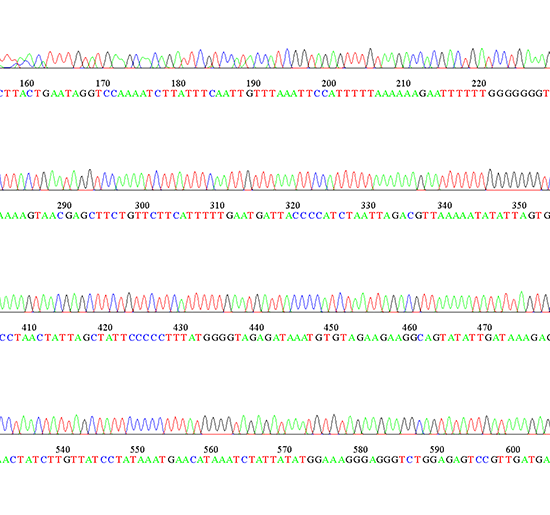Our Research Interests
- Diversity
- Molecluar Phylogeny
- Microbiology
- Barcoding
- Conservation

Diversity
One of the primary focuses of our research group is to study lichen and fungi diversity, distribution and their populations of Armenia. Caucasus region, including Armenia, is one of the biodiversity hotspots and well known for its rich flora and fauna. Nowdays, more than 620 species of lichens and more than 1400 taxa of macroscopic fungi are known from Armenia.

Molecluar Phylogeny
Molecular phylogenetics of lichens is important component of modern lichen systematics and in combination with traditional techniques provides an opportunity to study evolutionary relationships, diversification of species and other relevant aspects. Our recent researches encompasses several genera of lichens, including Ramalina, Megaspora, etc.

Microbiology
Together with the department of biochemistry, microbiology and biotechnology of YSU we perform microbiological studies, which are dedicated to the revealing the symbiotic mechanisms inside lichen thalli and their possible prospects.

Barcoding
We have initiated the ”Lichen Barcoding Initiative in Armenia”, which will be first lichen barcoding effort in the region. DNA-based species identification through the use of genetic barcodes is a novel and robust approach, which can be applied in molecular systematics and biodiversity studies, but it must be embedded in an integrative taxonomic framework. Barcoding provides an opportunity to characterize species by specific DNA sequences, serving as additional diagnostic tool; it is widely applied in plants and animals, although plant barcoding is more complex. For fungi including lichens, the ITS marker has been established as the standard DNA barcode.

Conservation
One of the effective approaches to protect threatened biodiversity is to register them in the Red Data Book. Currently, in the Red Book of Armenia 452 plant and 40 fungi species are listed, but there is no lichens. We are going to promote inclusion of lichens into the Red Data Book of Armenia. Meantime, we emphasize incroporation of lichen conservation within nature specially protected areas and forestries management plans, EIAs, etc.
News

The Lichen Research and Conservation Group started itshis scientific campaigns.
The Lichen Research and Conservation Group started itshis scientific campaigns.This time the scientific group was studying the lichens found near Dilijan National Park. 🔎🔬We perform sampling of lichens for biodiversity …

Lichens accumulate micro-plastic from the environment
The aim of this study was to assess if lichens (Flavoparmelia caperata) surrounding a landfill dumping site in Italy accumulated higher amounts of micro-plastics compared with lichens at more distant …
